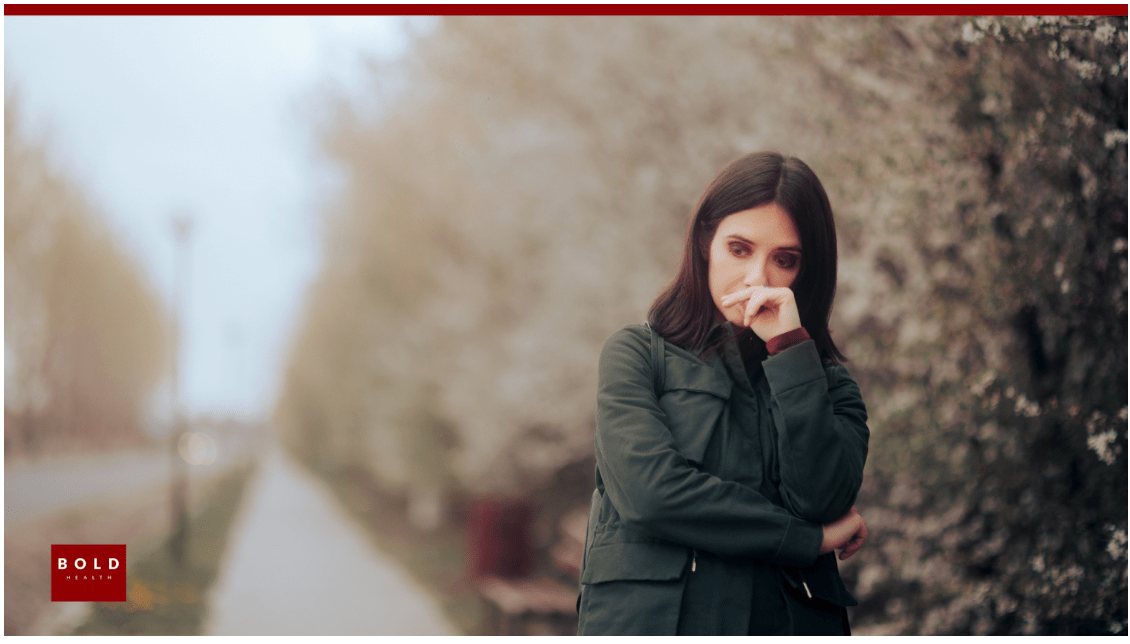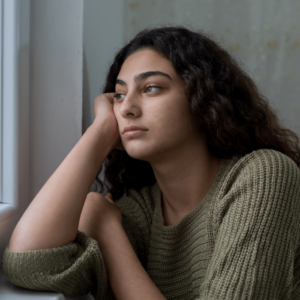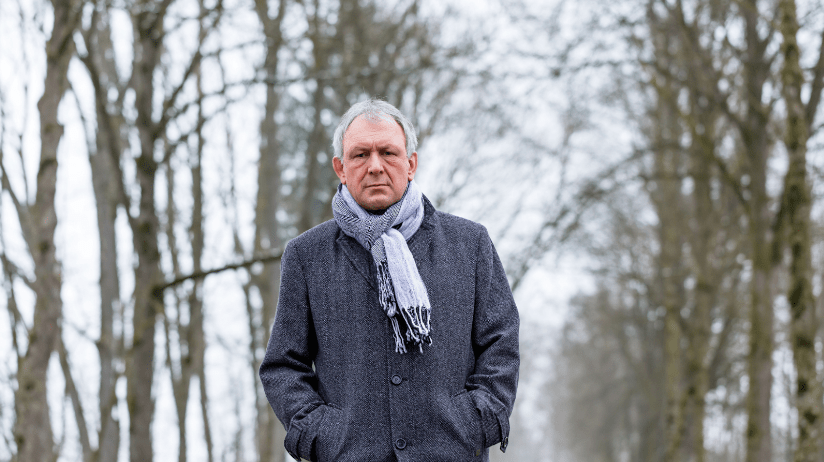

7 Tips for Coping with Seasonal Affective Disorder
As the daylight hours wane and the air gets chillier, you may feel a shift in your mood. If the fall and winter months bring with them feelings of depression, low energy, changes in appetite, and the desire to sleep the day away, you may be dealing with seasonal depression.
Otherwise known as seasonal affective disorder (SAD), this type of depression is often triggered by the weather and daylight changes occurring in the latter part of the year. SAD affects approximately 5% of U.S. adults, according to the American Psychiatric Association. And believe it or not, even if you live in a sunny state, SAD can affect you during certain times of the year.
It’s crucial you don’t ignore seasonal depression. It’s a real, diagnosable mental health concern requiring professional help. You may think SAD only affects you briefly when, in reality, it could actually affect your mental (and physical) health for 40% of the year!
Why would you want to feel sad and lethargic for nearly half the year? Getting help coping with seasonal affective disorder from a licensed professional can help you regain energy, focus, and life fulfillment, even in the dark, drab months of fall and winter.
What Causes Seasonal Affective Disorder?
The exact cause of seasonal depression is difficult to pinpoint. However, many experts agree that it has something to do with disrupting your body’s circadian rhythm. Your natural internal 24-hour clock that regulates your sleeping and waking hours gets thrown out of kilter during the fall and winter months, depleting your energy, changing your sleeping patterns, and making you feel lousy.

It is also likely to do with hormones. At the base of your brain, there is a small portion called the hypothalamus, which is responsible for things like regulating emotional response, body temperature, your circadian rhythm, and manages the release of the essential hormones serotonin (your happy hormone) and melatonin (your sleepy hormone).
So, if you think about it, as daylight hours lessen, your body releases more melatonin, which is helpful when it’s time to go to bed but not so much when you have to function in your daily activities. More melatonin can lead to feeling sluggish and exhausted. And because you’re not getting as much serotonin during the dreary days of fall and winter, you may not feel as happy and fulfilled.
The good news is that there are things you can do to help you cope with seasonal affective disorder.
7 Seasonal Depression Tips to Get You Through the Dreary Months
Don’t settle for months on end feeling exhausted, depleted, sad, and just “blah.” While SAD may be temporary, it negatively impacts your quality of life. You can’t enjoy the people and things you usually do, and your school or work performance can even suffer.
Here are some seasonal depression tips you can begin using today to combat the unpleasant symptoms of SAD.
Make sure you keep your Vitamin D levels up
Some studies show that SAD is linked to low levels of vitamin D, which makes sense since you get it from good ‘ol sunshine! When you expose your skin to sunlight, your body creates more vitamin D, so your levels drop when you don’t get a lot of sun.
Vitamin D provides energy, so it could contribute to feeling sluggish and tired if you don’t have enough. The National Health Service (NHS) recommends taking ten mcg of vitamin D daily during the dreary fall and winter months to maintain energy levels. While this isn’t going to cure SAD, it can help reduce its effects.
Try getting your light from a box
Yes, it sounds a bit odd – getting light from a box. But light therapy is a thing, and it’s highly effective in combating the adverse effects of seasonal depression. Lightboxes, otherwise known as phototherapy boxes, are designed to give off light that mimics light from the sun. The best time to utilize a lightbox is to sit in front of it for 20 to 30 minutes daily, preferably in the morning within an hour of waking up.
Be social
We know. It’s challenging to muster up the desire and energy to participate in social activities when you would rather hibernate under your covers. But, just like typical depression, coping with seasonal affective disorder often makes you want to isolate yourself from others and not participate in social activities.
Isolation breeds symptoms of SAD, as was exemplified during 2020. Do your best to stay connected with family and friends, even if it’s getting out to go for a walk or meet someone for coffee. It can go a long way in boosting your mood when you’re struggling with seasonal affective disorder.
Prioritize a healthy sleep-wake cycle
Because your circadian rhythm gets thrown off during the colder, darker months of the year, it’s vital to stick to a healthy sleep-wake cycle. When you prioritize going to bed and waking at particular times, you essentially trick your body and brain into staying on track.
This is one of our seasonal depression tips that can be tricky since there’s a good chance you’d rather sleep in on the weekends or when it just seems too icky outside to
get up and go. However, prioritizing a healthy circadian rhythm is a highly effective way to ease SAD symptoms.
Eat your greens
When you feel low and lethargic, there’s a good chance you’ll crave sweets or carbohydrate-rich foods like chips, pizza, fries, sweets, and bread. However, coping with seasonal depression requires you to stay more aware of your diet.
Try to include leafy greens, whole foods, salmon, and whole grains to combat SAD symptoms and keep you feeling better inside and out.
Get your exercise
In addition to maintaining a healthy diet, ensuring you get plenty of exercise is a great way to elevate your mood. Exercise naturally boosts your mood, and if you take a brisk walk outside, even in the limited sunlight, it can do wonders for your mental and physical health!

Partner with a mental health professional
You may trivialize seasonal affective disorder. But one of our most crucial seasonal depression tips is to avoid doing just that. It’s a real thing. You don’t choose to have SAD. You don’t want to have SAD. But it’s real and can do a number on your health.
Finding quality depression treatment in San Diego isn’t difficult. You don’t have to look further than our outstanding, compassionate, seasoned mental health professionals at BOLD Health. Having a trusted professional by your side to guide you and help you through your seasonal depression challenges is one of the best things you can do for yourself.
Our Best Seasonal Depression Tip: Partnering With BOLD Health for Depression Therapy in San Diego
Coping with seasonal affective disorder on your own is not something you have or should do on your own. Our team of compassionate, understanding depression specialists can help you find ways to combat your symptoms so you can enjoy life, no matter what it looks like outside.
When you come to us for help, we take the time to get to know you and understand why you feel the way you do. We take a holistic approach to treating seasonal depression. So, when you incorporate our seasonal depression tips with our depression treatment in San Diego, you can count on feeling better and enjoying life again.

Your depression therapy in San Diego at BOLD Health may include:
- individual therapy
- group therapy
- medication management
- ketamine treatment
- intensive outpatient program (IOP in San Diego)
You deserve to live a happy, fulfilling life without the symptoms of SAD bringing you down. Contact us for more information on our options for depression therapy in San Diego, including seasonal depression.


